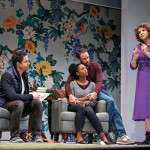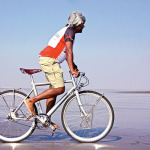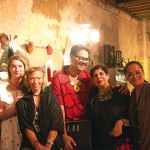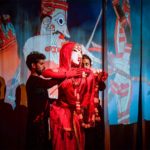The Bright Continent
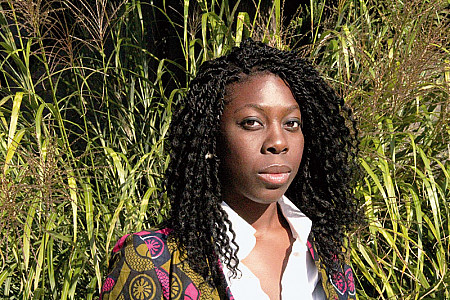
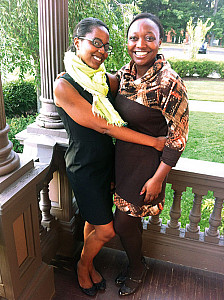
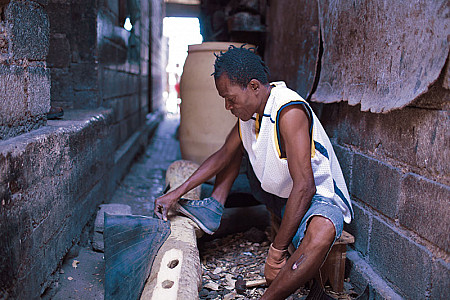
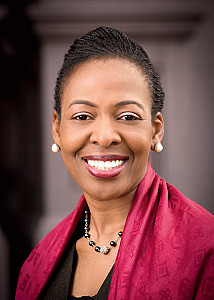
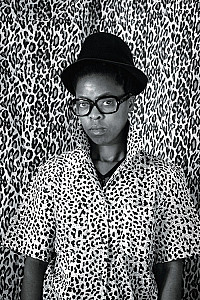
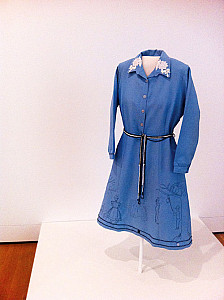
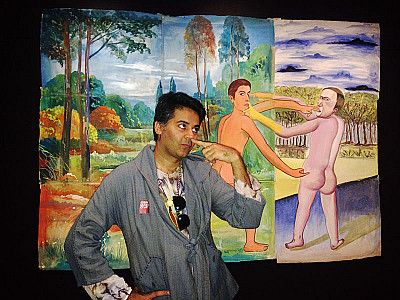
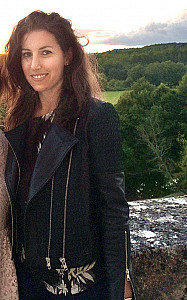
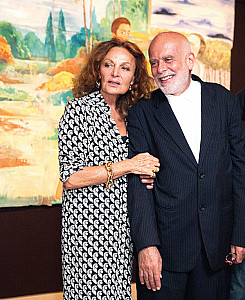
I am now fully immersed in my four-month-long World Fellows programme at Yale University. This programme invites multidisciplinary thinkers and doers from around the world to Yale – people who the university recognises as positive change-makers capable of generating exponential future impact. It is an incredible act of generosity. The university hosts us, creates a brilliant curriculum for us to pursue on everything from leadership to effective communication and pushes us to build links with key decision makers in New York, Washington DC and beyond.
We are exposed to some of the most interesting global minds, through exclusive lectures and discussions. (An average week in my life at this moment would involve, for example, meetings with President Obama’s inaugural poet, Elizabeth Alexander, the Nobel Prize-winning economist Robert Shiller and the former head of the US armed forces in Afghanistan and Iraq, General Stanley McChrystal, among others.) In return, Yale expects nothing, except that we will go back to our lives energised after this experience and continue our work on making this world a better place, buttressed by the global 250-people strong World Fellows alumni network that we now belong to.
I am finding the programme to be an intense, life-changing one. It is a humbling experience to be a part of my cohort. The 18 Fellows in my class come from 15 different countries and we were selected from a pool of 4000 candidates!
I want to tell you a little about some of these amazing individuals over the next few months through this column. To start with, let me share with you some stories of World Fellows who have strong African links. There are many micro-revolutions happening within the world’s most important continent in this century. However, Africa continues to be publicly misrepresented in so many ways, right from how its size is depicted. Did you know that the popular Mercator maps we use world-wide make it seem much smaller than it actually is? So Africa looks the same size as Greenland on these popular maps, even though it is in fact 14 times bigger! And Africa only seems to come up in the news for its poverty, wars and catastrophes, and not its economic progress, even though seven of the 10 fastest-growing economies in the world today are African.
To counter this misrepresentation, one of my World Fellows classmates Dayo Olopade has just released a riveting book called The Bright Continent, the title of which I have borrowed for this column, with gratitude. Dayo is a Nigerian-American journalist who has published widely in The Atlantic, Foreign Policy, The Guardian, The New York Times, The Washington Post and other publications. In 2010, she moved to Nairobi to work on this book, in which she describes the Africa she’s known since childhood: a continent that is resilient, joyful, and innovative. Dayo spent two years conducting interviews in 15 major countries – Senegal, Liberia, Ghana, Nigeria, Cameroon, South Africa, Mozambique, Malawi, Tanzania, Ethiopia, Kenya, Rwanda, Uganda, South Sudan, and Somalia.
Dayo writes about a range of commercial opportunities and technological innovations in these countries that are improving outcomes for families, children and the environment. She argues that in many ways Africa’s model of doing more with less – of working around dysfunctional institutions to establish strong informal networks – can be a powerful model for the rest of the world. Her definition of the Yoruba term kanju as “specific creativity born from African difficulty” resonates very much with our own Indian idea of jugaad.
Biola Alabi, another World Fellows classmate of mine, is exhibiting kanju too, as one of Africa’s young business leaders. Biola, who was listed as one of the 20 Power Women in Africa by Forbes in 2013, was until recently, the managing director of MNET, Africa’s first private and leading subscription television service, where she worked tirelessly to produce and air stories about Africa created by Africans. She launched Africa Magic Hausa and Yoruba in 2010 and Africa Magic Swahili in 2011 – channels that have made considerable contributions to the promotion of indigenous languages and cultures in Africa. Now in her new role as a venture capitalist that she will take on after our programme gets over in New Haven, Biola is going to return home to Lagos to seek and fund African enterprises that display kanju – and it will be an exiting journey, both for her and for the enterprises she funds.
Suana Edjang, another of my co-World Fellows, hails from Equatorial Guinea – a tiny country located in Central Africa. Susana is a leading international development, global health and policy expert who serves as the Economic, Social and Development Affairs Officer for the UN Secretary-General in New York. Among her previous roles, Susana worked at the United Nations Population Fund, was a parliamentary advisor on global health and climate change at the UK Parliament, and co-founded the Zambia – UK Health Workforce Alliance. She is making her country proud and changing the world at a breathtaking pace! Susana and I have spoken at length about how women in positions of power need to do more to improve the position of less fortunate women in Africa, so that they can, in turn, educate their sons, husbands and other men in their families. This is as true for India, as it is for Africa, isn’t it?
Now, Africa is not just a large continent by itself; it also a point of origin for much of the world around us. So another of my World Fellows, Paula Moreno, who I lovingly call my wife these days because we bicker so much (but we always make up afterwards!), has come to the programme from Colombia after a successful term as the youngest woman and first Afro descendant to be appointed as a cabinet minister in that country’s history. Paula, who studied at the University of Cambridge and MIT, has won many global awards for her work as Colombia’s Culture minister, and even now, she regularly hobnobs with presidents of different countries, and other world business and social leaders. I am pretty sure that if Paula decides to run, she will be a strong contender for the presidency of Colombia some day. These days, she is serving out a different kind of presidency as the head of Manos Visibles (Visible Hands), an NGO that implements development strategies to strengthen urban youth organisations and communities of women, with an emphasis on high-risk ethnic communities. Since 2010, the organisation has reached more than 500 community leaders and organisations that influence more than 25,000 Colombians.
Staying with the theme of African-ness beyond Africa’s borders, let me tell you about another World Fellow, Alejandro Pachecho, who heads the Early Recovery, Livelihoods and Poverty Reduction Unit at UNDP Haiti. Ale, as we call him here at Yale, leads a team of more than 80 people, who are responsible for the UN intervention in Haiti as the country transitions from the emergency stage to long-term development. Many of us might not be aware of this but Haiti was the second independent country in North America after the United States, and a majority of its population is of African origin. Through the auspices of the UNDP, Ale has helped make a beautiful film, I am Haiti, which captures through portraits of some of its citizens, the country’s strong African roots. The film is being premiered at the prestigious San Sebastian Film Festival even as you read this column.
Actually, I am surrounded by beautiful and provocative art from and inspired by Africa everywhere I turn these days. In New York, the Chelsea Clinton co-chaired African centre is finally open, and I am going to visit it soon. Closer home in New Haven, at the Louis Kahn designed Yale University Art Gallery, just down the road from my apartment, I walk into a wonderful group show featuring 30 contemporary artists from South Africa. Memories, social commentary, politics, history and geography – the themes in the works overlap, providing me a window through which I can glimpse at fragments of this transitional society. I am moved by Senzeni Marasela’s needle work and lace embroidery on her mother’s dresses, which she uses as a canvas to tell the story of a generation where women were expected to be at home and scale down their ambitions.
I spend an evening with Zanele Muholi, one of the artists featured in the show, when she visits Yale. I attend Zanele’s talk and she in turn, attends one of mine. It is a fun quid pro quo, and in between, I learn about how even though South Africa has a constitution which is inclusive and non discriminatory, the situation on the ground is so different. Zanele’s visual activism, through which she co-creates powerful, personal portraits of the lesbian, gay, bisexual and transgender community in South Africa along with her participants, exposes the contradictions between the government policy and the country’s daily reality of violent homophobia.
Zanele, who has studied in Canada, and exhibited her award-winning work at the Venice and Sao Paulo biennales, at Documenta 13 and other prestigious venues, tells me that what is most important to her is to create an ecosystem for her country’s young people to tell their own stories. She spends a major part of her life, and her income now in training the next generation of South African photographers who are documenting, archiving and disseminating stories from the ground. Check out their blog – it is an incredible resource – from same sex marriages to pride parades from small towns across South Africa to the burials of victims of hate crime, Zanele’s youth brigade is creating a living archive of today’s reality for South Africa’s LGBT community.
We talk about parallels and differences between South Africa and India and I tell Zanele about how in our country, the Supreme Court has passed two very different recent judgments – one recriminalising same sex acts, and another in favour on transgender rights, but while the law will take its own course and eventually move towards fairness and inclusion, we need to focus on creating changes on the ground, in offices, homes and families. Even though it is just one day that we spend together, we bond deeply, hoping for a more equal world. Solidarity has no boundaries.
So for that matter, does nationality. In New York, at The Rubin Museum, I attend ‘Inspired by India’, the first-ever exhibition dedicated to the work that the Italian-born legendary artist Francesco Clemente created while living in India, a period of cross-cultural exchange and production with local Indian artisans that has shaped the artist’s creative vocabulary over the past four decades.
My friend and The Rubin’s assistant curator Beth Citron worked together with Clemente to create an innovative viewing experience, akin to that of visiting a temple. From a central area in which Clemente’s iconic Madras paintings are shown, I moved to intimate nooks to see Clemente’s new sculptures that respond to the larger paintings, and finally, I enter the exhibition’s sanctum, which holds his powerful, erotic watercolours inspired by Orissa’s Konark temple.
Beth has used technology creatively for this particular exhibit. She has recorded a sound piece with Salman Rushdie reading a selection from The Moor’s Last Sigh, which I could listen to, while walking through. She has created an app, through which I could play with and paint over Clemente’s art. She also tells me about the series of conversations with contemporary artists like Julian Schnabel that she will host, talking about Clemente’s work, and separately, Clemente himself is going to make eight joint appearances on The Rubin stage with eight different personalities (ranging from Patti Smith to Oscar-winning director Alfonso Cuarón) each of who will bring to the conversation a found object as a catalyst for their chats. Beth is transforming The Rubin into a key destination for Indian art in New York and around the world. With her earlier Modernist Art exhibitions, her Homai Vyarawalla tribute, and now this Clemente show, she is definitely a fast-rising star.
As I hang out with Beth, I feel a special kind of desi-ness, a camaraderie that comes when you encounter one of your own, and I leave the Rubin with this warm glow. Our world is beautiful too and I realise while boundaries exist – race, nationality and more – there are also ways that these can be transcended, through common interests, affection and deep connections, and individuals such as Beth, and indeed all of the World Fellows in my class are doing exactly that.
It is this transcendence that I wish for you all this festive season dear readers. May the festival of lights brighten up your lives and widen your horizons, no matter what continent you are celebrating on, and which cultural geography you are celebrating in. Happy Diwali!
Related posts from Verve:
Verve Trending
Sorry. No data so far.
us on Facebook to stay updated with the latest trends

